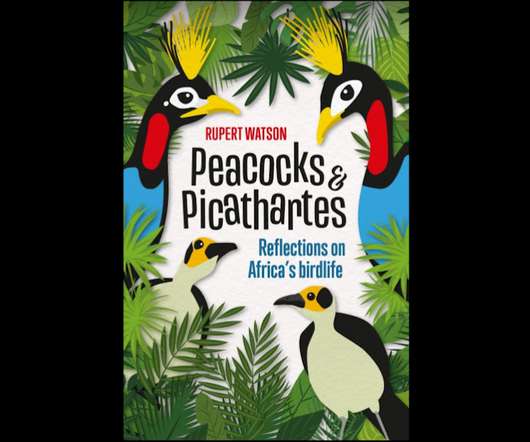Almagordo Chimp Story Hits the New York Times
Critter News
SEPTEMBER 2, 2010
These aging chimps deserve to retire permanently and NOT be subjected to more medical research. Tags: chimpanzees primates National Institutes of Health medical research new mexico. Here's hoping this poignant story will stir more public outrage and pressure on the NIH.












Let's personalize your content